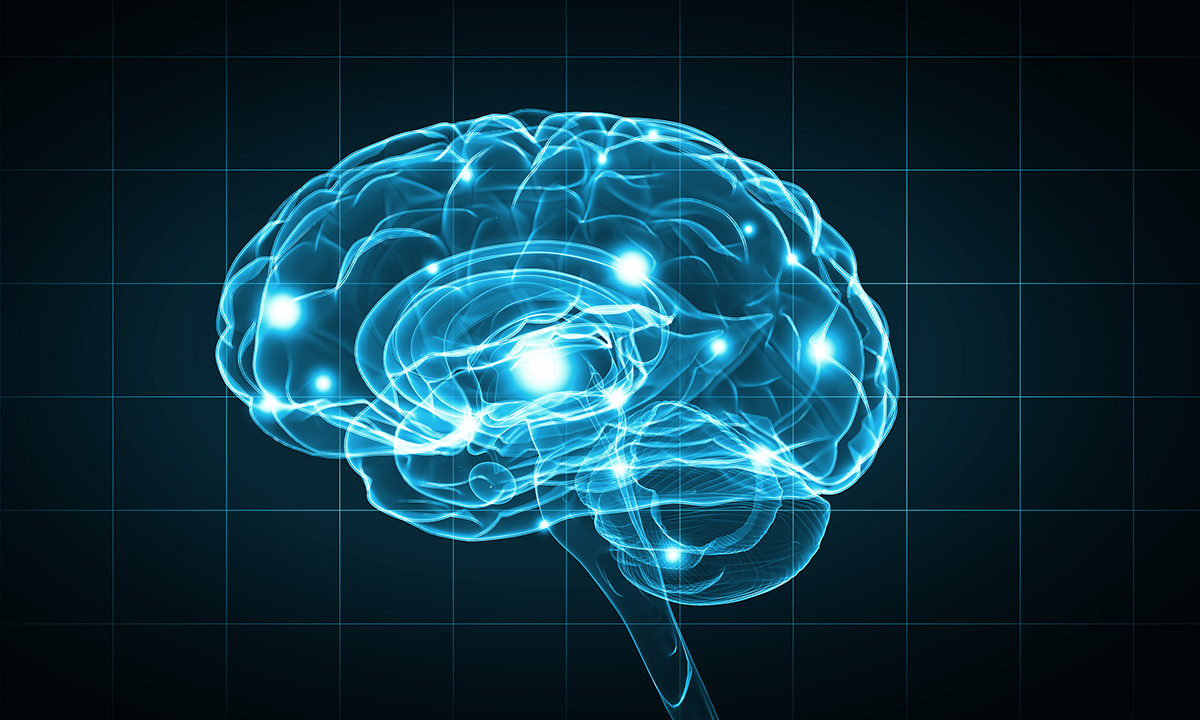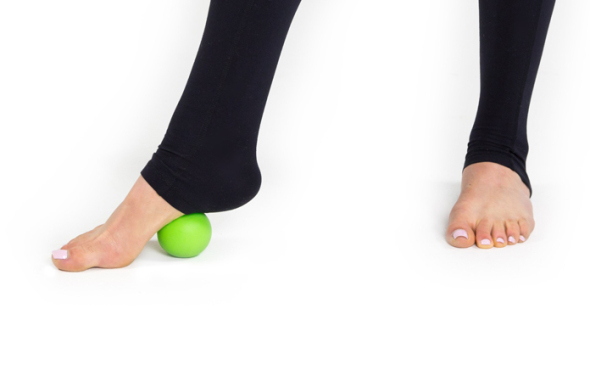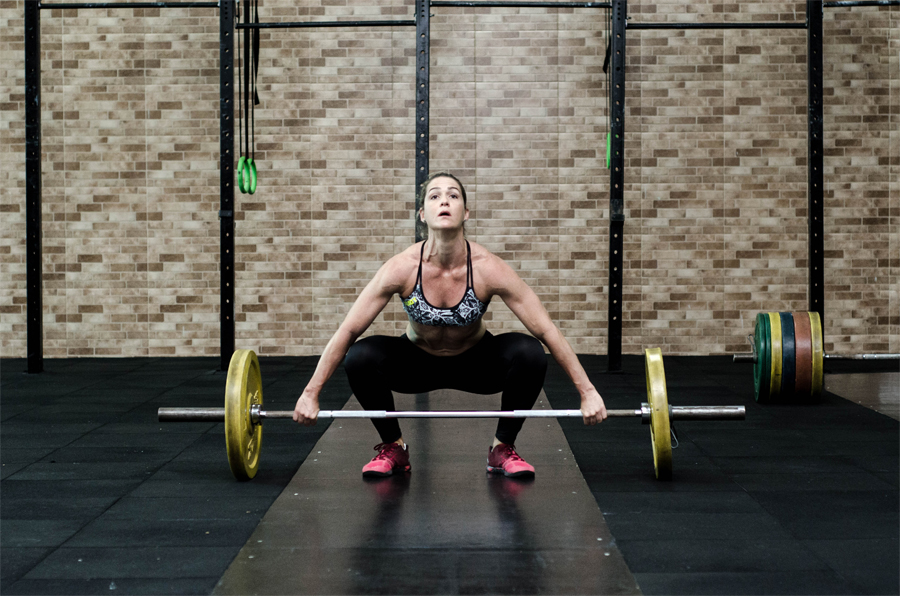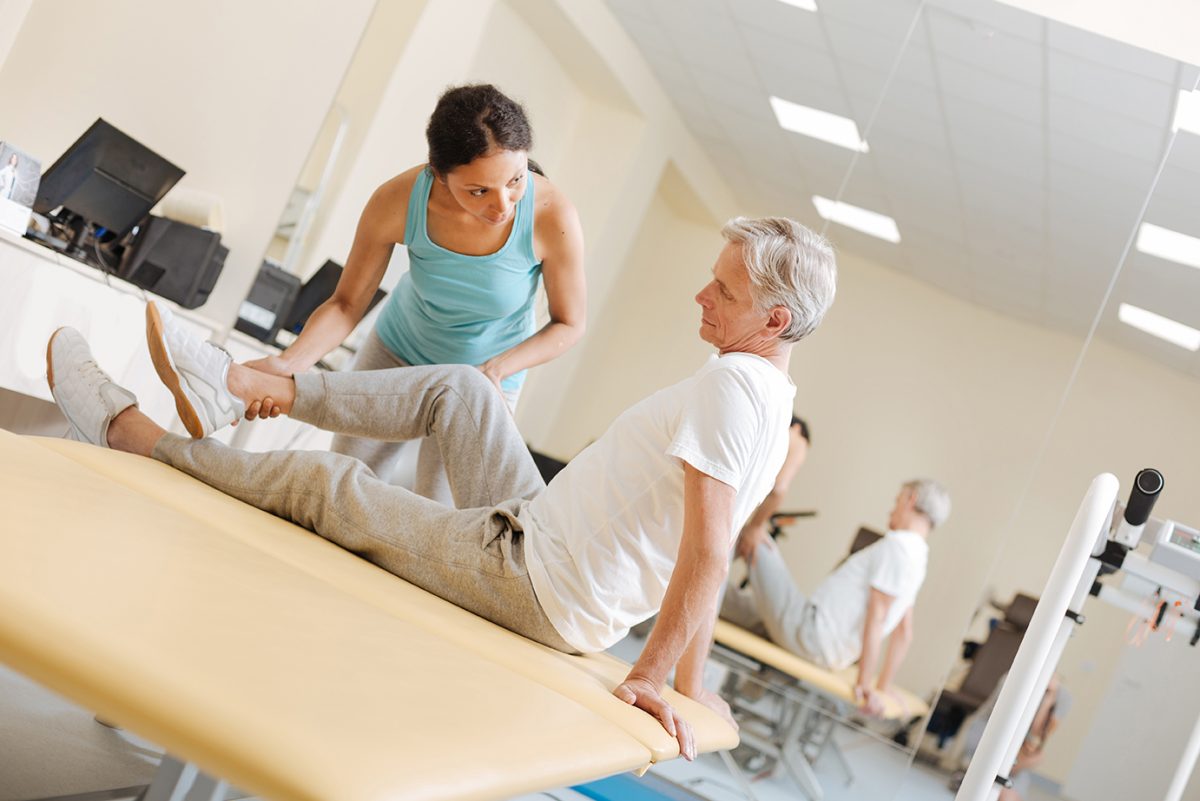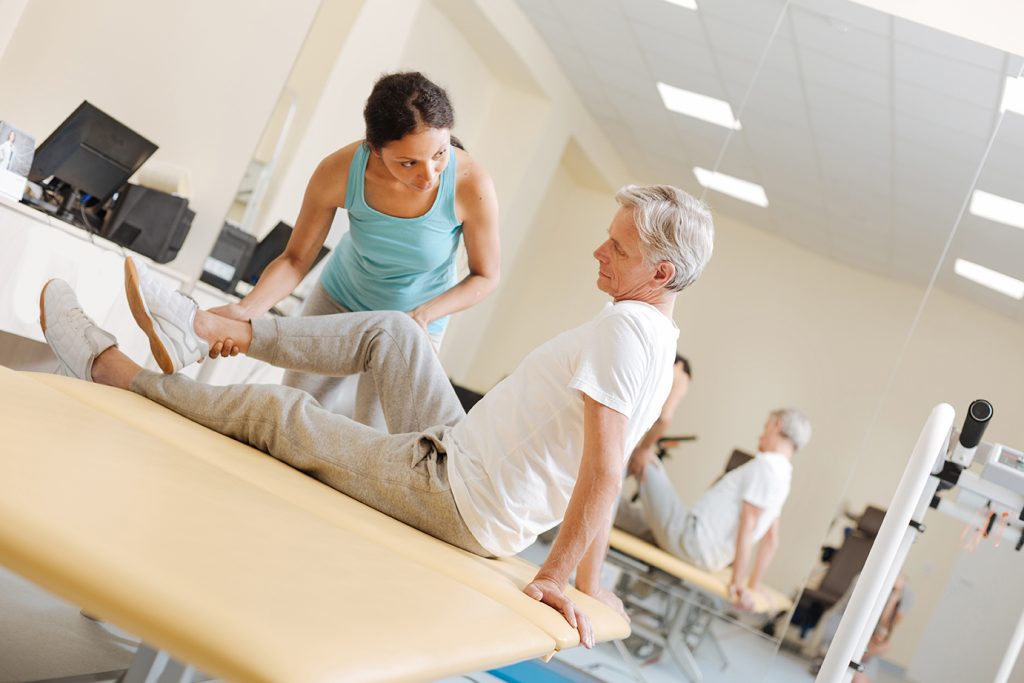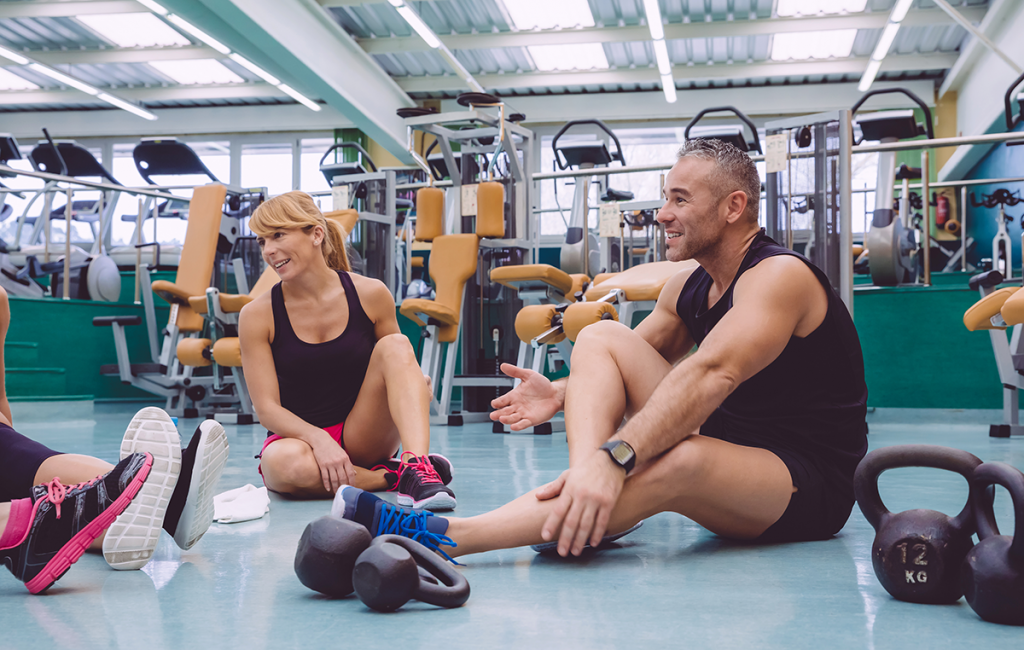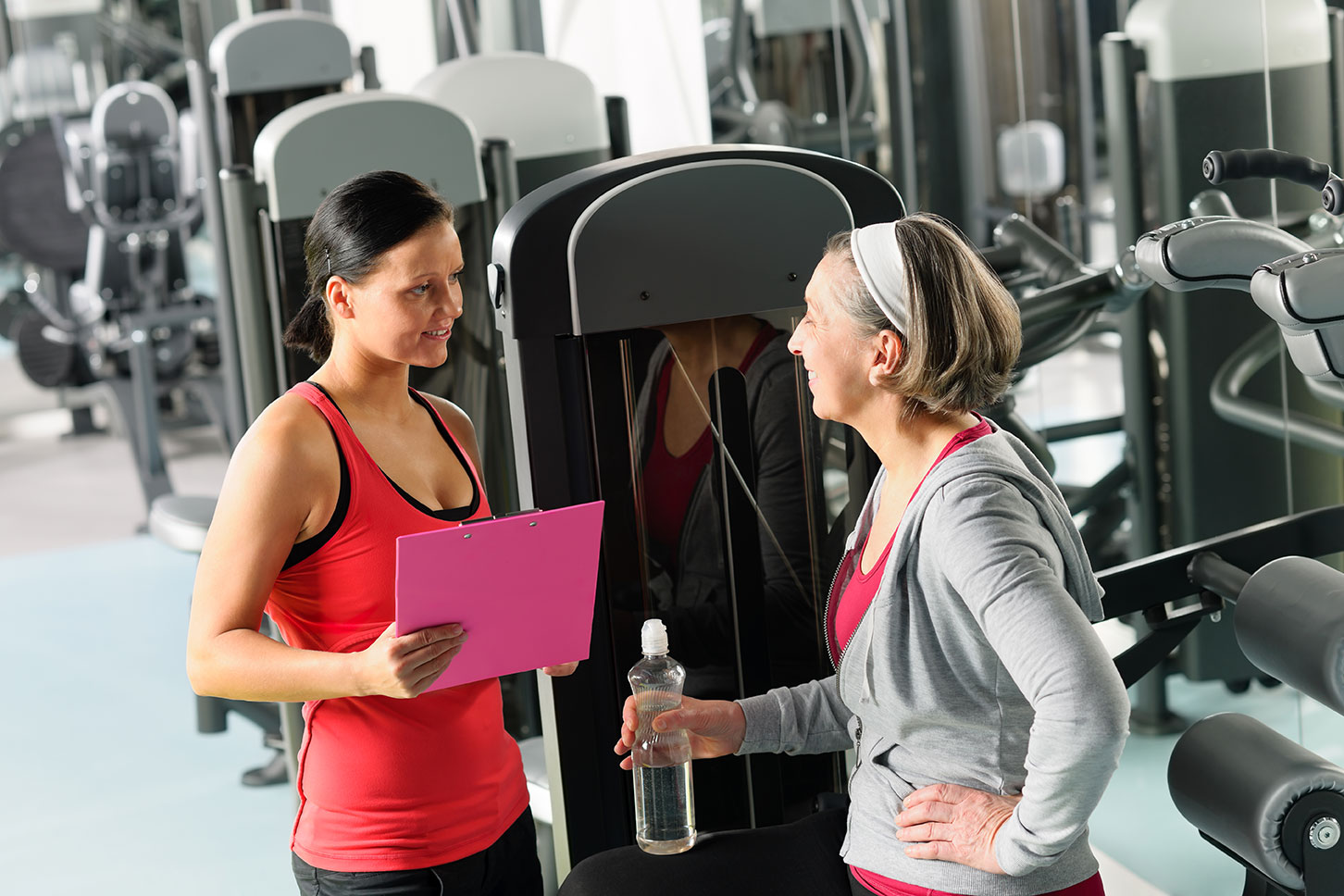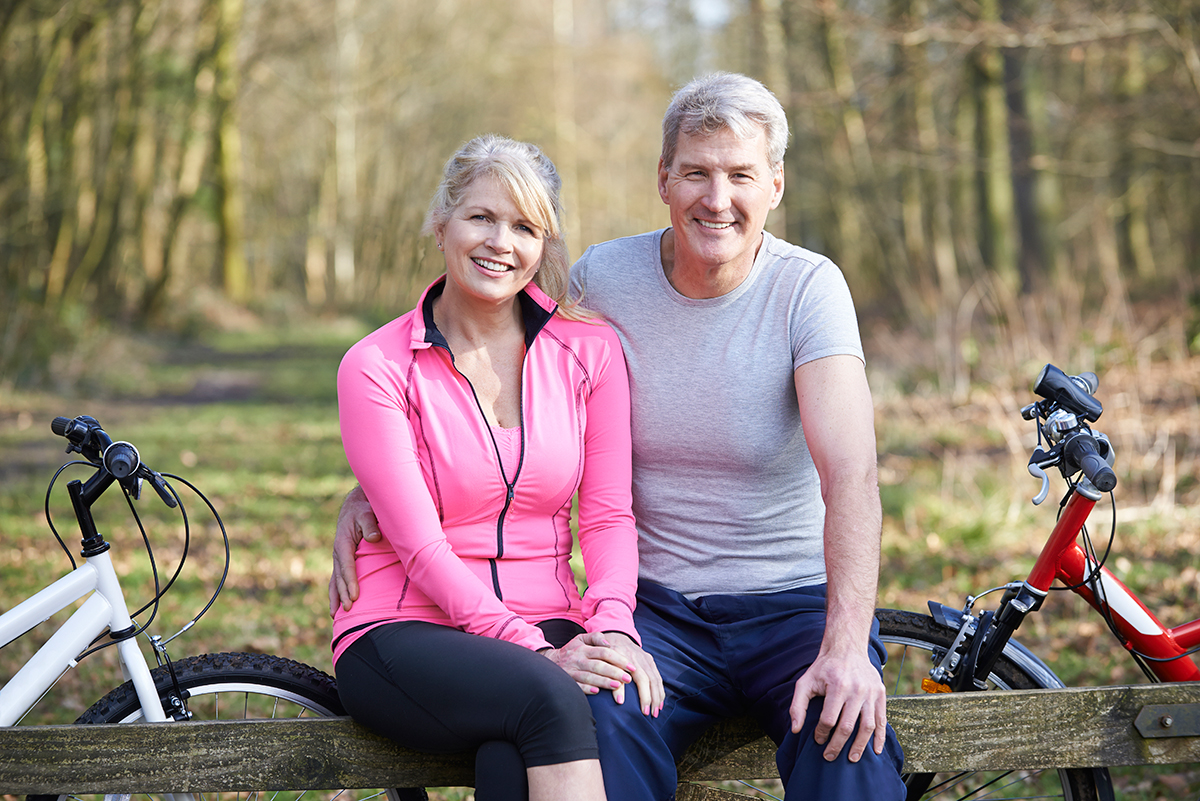What Could $26,500 a Year Do for Brain Health?
Recently the FDA announced plans to grant Leqembi, a new Alzheimer’s drug, full approval in July 2023.
With an annual cost of $26,500 USD, you would expect the drug’s effects to be dramatic. And researchers were thrilled to report that Leqembi… slowed cognitive decline by 27% over 18 months.

